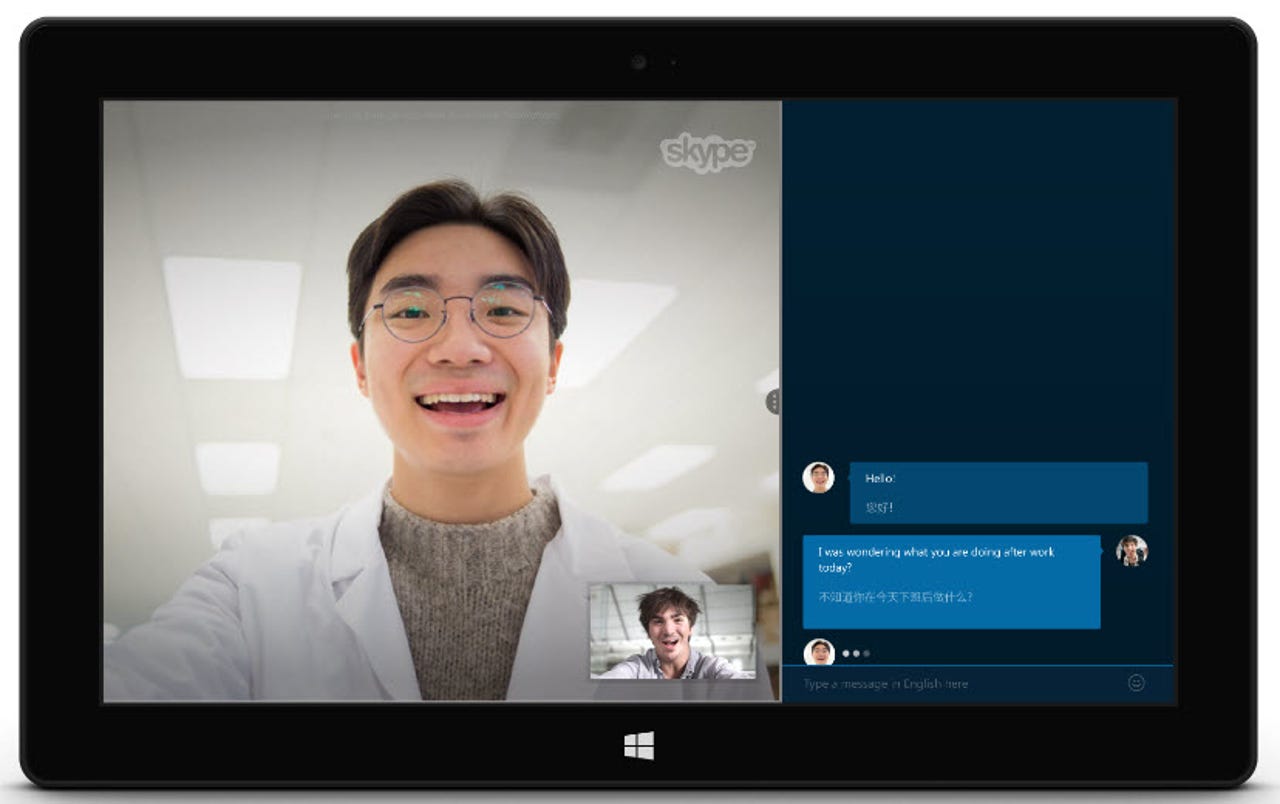Microsoft moves to phase two of Skype Translator preview; adds new features

Microsoft has launched the second phase of its Skype Translator preview program, adding new features, updats and two new spoken languages to its test bed.

Microsoft officials call Skype Translator "a brand new feature from Skype." The new service translates conversations both ways in near real-time. The service will display an on-screen transcript of the call, and also ultimately will translate instant-message chats in more than 45 languages.
In the second test phase, which Microsoft kicked off on April 8, Microsoft is adding support for two additional spoken languages: Chinese (Mandarin) and Italian, along with English and Spanish, which were launched in December.
According to a blog post announcing the second test phase of Skype Translator, Microsoft also is adding new features to the preview, including:
- The ability to mute audio for customers who prefer to read translation vs. hearing it spoken
- The option for partial translations, which reduces delay time between when someone finishes speaking and when a translation starts
- The ability to add speech recognition warnings, so that customers are prompted when the translator is having a hard time understanding the speaker. Suggested ways to resolve the issue will be offered
- The addition of text-to-speech recognition, allowing users to switch between text-to-speech and speech-to-speech translation
The Skype Translator preview is currently available only on devices running Windows 8.1 or the Windows 10 Technical Preview, though Microsoft is expected to make it ultimately available across a wide variety of devices and operating systems at some point.
Users interested in getting into the preview program can request admission here.